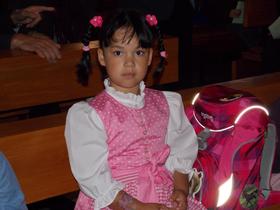Many students from countries outside the United States want to attend American boarding schools. According to The Association of Boarding Schools, international students make up about 15% of the student population in American boarding schools. It is essential to know that international students applying to an American boarding school deal with several additional steps in the admissions process.

Because many applicants live far from the schools they would like to visit, American boarding schools have devised ways to let parents and potential students experience the schools, their communities, and their programs. For example, if you live in Asia or Europe, visiting American schools in person is not always financially or logistically possible. So, what alternatives exist for those situations? There are several. Off-campus, school visits come in a couple of flavors. Since boarding school admissions staff have years of experience recruiting and admitting students from countries outside the United States, you will be able to get answers to all your questions and concerns. Decades of experience back up those answers. With that in mind, let's see how the overseas recruiting and admissions process to American boarding schools works.
Admissions Staff Visits Overseas
Many boarding schools send their admissions staff overseas to major cities in countries where they have a substantial applicant pool. Ask for details of visits in your area. While you will have to rely on school videos and web presentations of school life and activities, at



















